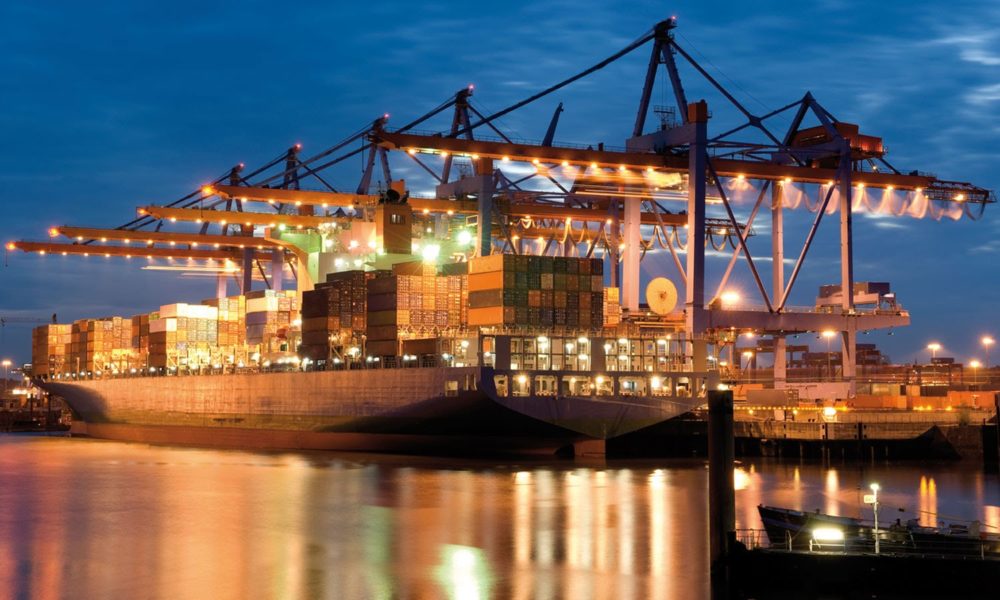Economy
Eastern Ports Got 39% of Dry Cargoes in Q1 – Peterside

- Eastern Ports Got 39% of Dry Cargoes in Q1 – Peterside
The Director-General, Nigerian Maritime Administration and Safety Agency, Dr Dakuku Peterside, has said that the eastern ports accounted for 39 per cent of dry cargo vessels in the first quarter of 2018.
He disclosed this in Calabar, Cross River State during the second stakeholders’ interactive session of the agency.
He said over 5,000 vessels (both wet and dry cargo) called at the country’s seven functional seaports annually.
However, of the about 3,033 dry cargo vessels that came into Nigerian ports in 2018, Peterside said that the eastern ports accounted for only 631 which were about 20 per cent.
Similarly, in 2017, he noted that out of the 3,106 dry cargo vessels that entered the country, eastern ports had only 676, representing about 21 per cent.
He said based on these statistics, there was a need for serious collaboration with the stakeholders in the sector to ensure that the environment was made conducive for continuous growth premised on sustainable development.
The NIMASA director-general said the meeting was designed to re-engineer the operational efficiency of the eastern ports and by extension the Nigerian maritime domain.
Peterside said, “The Nigerian maritime domain, especially the Niger Delta region is vastly endowed with huge maritime resources which comprise crude oil, abundant mangrove forests, marshes, natural gas, tar, sands and sea grasses, but the country is yet to maximise them for economic development and wealth creation.
“In this regard, the theme of the event, which is ‘Harnessing maritime potential in an untapped environmental: Opportunities, threats and the role of government’, was chosen in order for us and the stakeholders to elaborately deliberate on ways we can contribute our quota within the context of law towards the development of the sector.
“This will be achieved by ensuring optimum harnessing of this maritime potential and have other multipliers effects on the economy. Ports are critical infrastructure assets that serve as catalysts of economic growth and development.
“Therefore, the eastern ports must be active so as to create free access to the movement of both human and natural resources needed for harnessing the maritime resources in the region as well as make them competitive in the areas where they are needed.
Peterside said the threats associated with piracy, sea robbery, infrastructural challenge, low capacity development and so on would be surmounted if all stakeholders played their various roles with sincerity.
The Chairman of the governing board of NIMASA, Maj.-Gen. Jonathan Garba, said the meeting, among others, was aimed at reviewing the extent to which the Federal Government’s Economic Recovery and Growth Plan as implemented by the agency in the maritime sector had impacted on the development and growth of the eastern ports.
He called on them to leverage the focus of the present government to diversify the economy via its huge infrastructural investment in the transport sector of which the maritime sector is a part of.